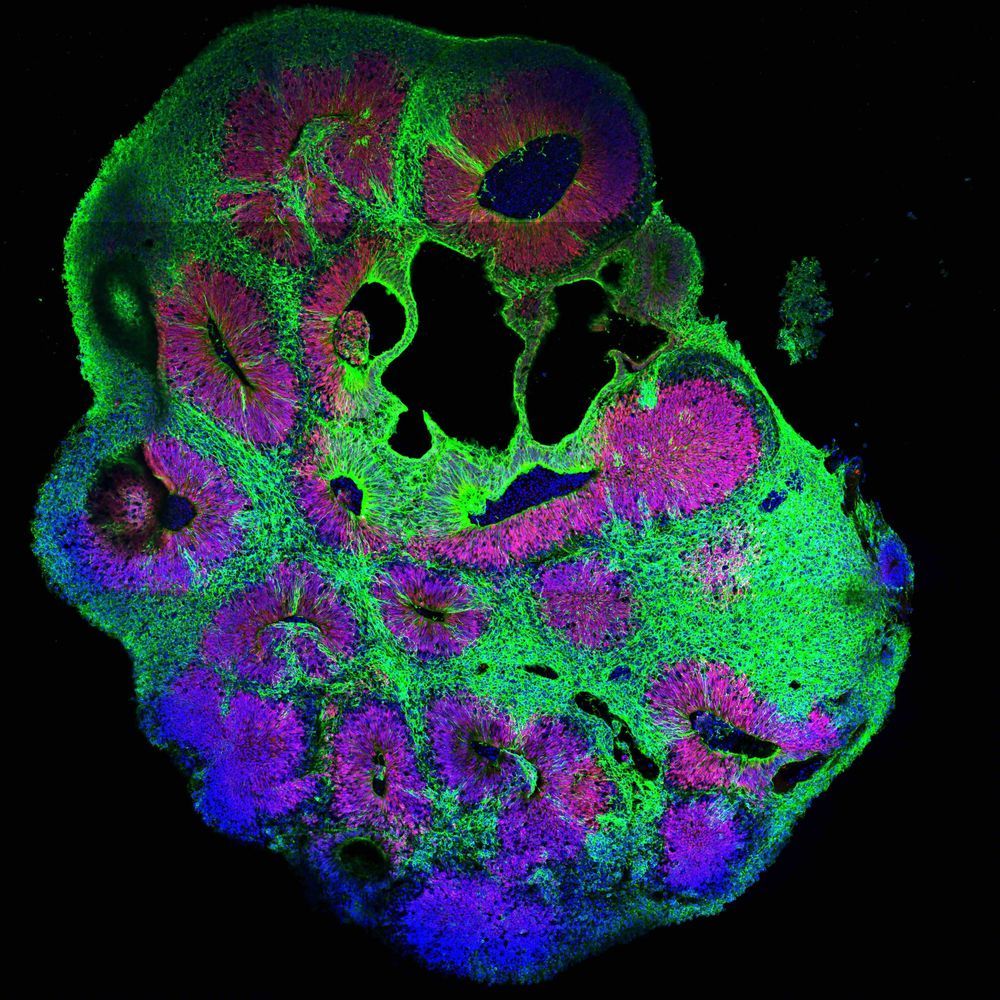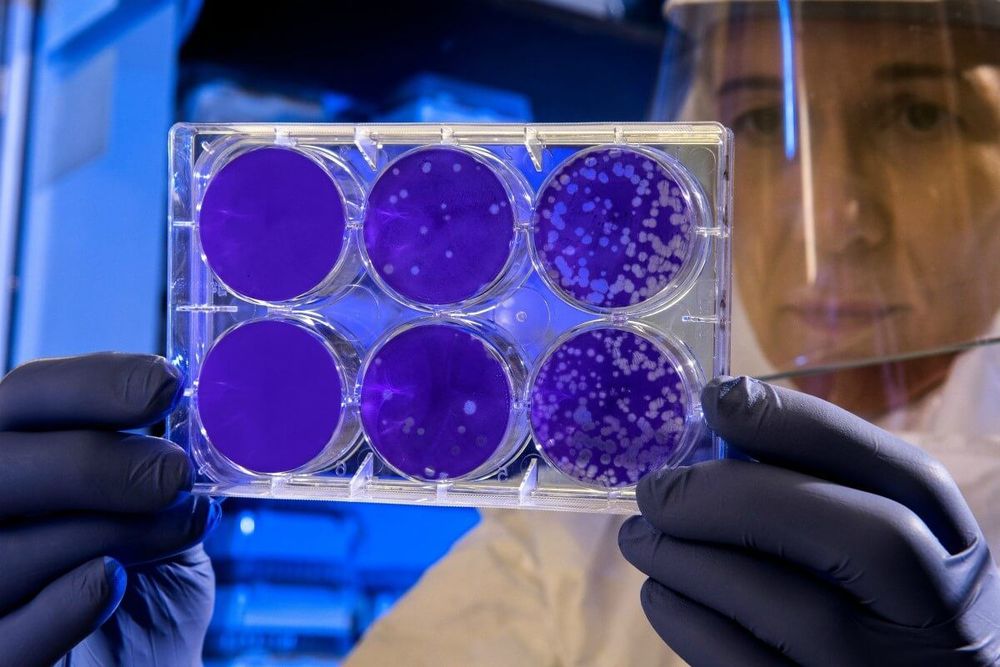Elon Musk is on the record stating that artificial superintelligence or ASI could bring the end of the human race. Elon has publicly expressed concern about AI many times now. He thinks the advent of a digital superintelligence is the most pressing issue for humanity to get right.
What happens when machines surpass humans in general intelligence? If machine brains surpassed human brains in general intelligence, then this new superintelligence would have undergone an event called the intelligence explosion, likely to occur in the 21st century. It is unknown what, or who this machine-network would become; The issue of superintelligence remains peripheral to mainstream AI research and is mostly discussed by a small group of academics.
Besides Elon Musk, Swedish philosopher Nick Bostrom is also among well known public thinkers who is worried about AI. He lays the foundation for understanding the future of humanity and intelligent life : Now imagine a machine, structurally similar to a brain but with immense hardness and flexibility, designed from the bottom scratch to function as an intelligent agent. Given sufficiently long time, a machine like this could acquire enormous knowledge and skills, surpassing human intellectual capacity in virtually every field. At that point the machine would have become superintelligent. With other words the machine’s intellectual capacities would exceed those of all of humanity put together by a very large margin. This would represent the most radical change in the history of life on earth.
In order to develop a superintelligence that would benefit humanity, the process has to be done in a series of steps with each step being determined before we move to the next one. In fact, it might just be possible to program the AI to help us achieve the things we humans may not be able to do on our own. It is not simply being able to create them and learning how they’ve been commanded, but it is interacting with them and evolving ourselves at the same time. It is learning how to be human after the first ASI.
#ElonMusk #AI #ASI
SUBSCRIBE to our channel “Science Time”: https://www.youtube.com/sciencetime24








